Introduction
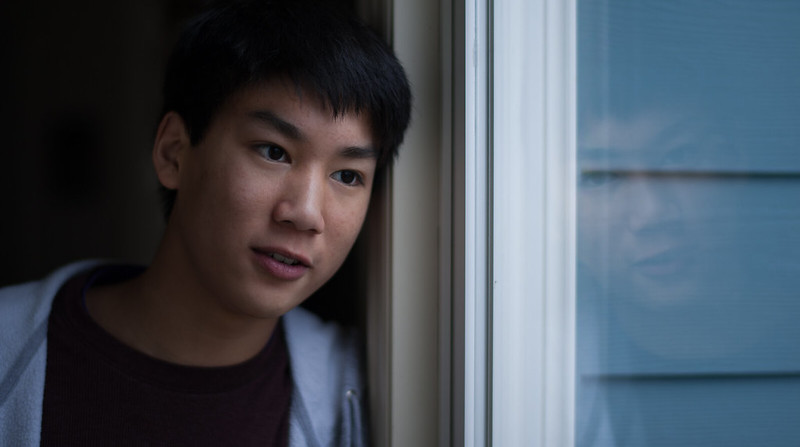 When I read the reviews from popular reviewers, like Ken Rockwell and Thom Hogan, I was slammed with a ton of negative press information about this lens. Then, I started to look around at images shot by photographers around the web. Not all photographers were able or know how to take advantage of the strengths in this lens. And, I started noticing that this lens has some characteristics which I like when I looked at the images from the few skillful photographers. In this article, I beg to differ in opinion and hope to reveal to you that this lens is worth its salt. I will not talk deeply about lens-chart shooting results as you can get that from the other reviewers nor will I talk much about the specs of this lens as you can get those straight out of the Nikon website.
When I read the reviews from popular reviewers, like Ken Rockwell and Thom Hogan, I was slammed with a ton of negative press information about this lens. Then, I started to look around at images shot by photographers around the web. Not all photographers were able or know how to take advantage of the strengths in this lens. And, I started noticing that this lens has some characteristics which I like when I looked at the images from the few skillful photographers. In this article, I beg to differ in opinion and hope to reveal to you that this lens is worth its salt. I will not talk deeply about lens-chart shooting results as you can get that from the other reviewers nor will I talk much about the specs of this lens as you can get those straight out of the Nikon website.Design goals
The design goals of this lens was clearly stated when the lens was released by Nikon to the market. To save you time reading the original article, here are the summary of their goals:
- The design of this lens wants to minimize:
- sagittal coma flare: in layman's terms, this means that when you shoot at night, the point light sources will remain round or close to round. There will not be a little flare bubble around each point light source but a crisp light ball even when the aperture is wide opened.
- fringes: i.e. minimized chromatic aberrations. This was confirmed by the DPreview.com lens review.
- distortions: the lens should exhibit little or no distortions
- light fall-off: should be hardly noticeable when shot wide opened
- Bokeh: when the eyes sweep from the focused to the defocused areas, the change in the image should be moderate. This produces a better 3D feel than abrupt changes.
- Applications:
- distant night landscapes
- nightscapes of urban area: yielding clear and crisp images even when shot wide opened
Tones
Lenses that produce consistent tones are not very common, I tend to be very selective and critical. One of the commendable properties of this lens is its ability to produce tones which are deliciously beautiful to my eyes. What do I mean by that?
In shooting environmental portraits under natural light in low-light or not so conducive lights, the image after I edited it must look like what I saw when I was shooting. The low-light property should be reflected in the post-edited image. Poor lighting usually leaves shadows and sometimes long blocks of shadows. Low light also leaves the facial textures un-studio-like. So, low-light portraits is not about artificially inflating the looks of the subjects but to let the light tell the truth about the subject and most of all, allowing the light to reveal the mood and the atmosphere. I want the image to look like what I saw: that's the ultimate aim. It usually looks grim when the light is low and unflattering. The skin usually does not look smooth and the light should fade away rapidly from the main subject. But, the lens must draw the image with the same mood, same texture, same color nuances, same tonal drop from lighted to darkness. All these are highly subjective and personal. And, not many lenses can do this well.
I certainly do not want my image to look super bright, like what the camera will do to the image when all the default settings kick in to capture the image. It is alright that the camera tries to push the pixel wells to capture as much light as possible. That will firm up the pixels for the highlights and when I reduce the exposure during the editing, the highlights will actually look more natural. So, don't get too annoyed at the camera for doing its job. Having enough light also allow the sensor to grab the colors.
Colors in low-light
I personally prefer colors in low-light to be more accentuated than dull because when the exposure is reduced during editing, the entire picture will become dull. The colors must be captured by a capable lens. This Nikkor lens has this ability and it is able to do so with amazing spectacle. It's ability to grab all the different subtle shades of colors is quite amazing. This property in the 58mm/1.4G Nikkor reminded me of the Leica Noctilux-M f/0.95 ASPH. That Leica lens is the super monster in being able to do that and this Nikkor is one of those lenses. The nuances of color together with the tonal properties reminded me of old time National Geographic images shot in Kodachrome. Yes, the images have a Kodachrome feel to my eyes.
Bokeh
Everyone raved about the bokeh when they reviewed this lens. Whatever they raved about concerning the bokeh is real. For those who do not know what bokeh means, here is a short explanation.Bokeh is a Japanese word which means the infirm, the weak and the subnormal. But, in photography, it refers to the blurry background or the defocused part of your image. Photographers and taste-conscious viewers of photographs tend to favor a smooth and gradual defocused feel. Some described it as silky, smooth, creamy and some called such lenses as Cream Machines.
This property of a lens does not have a standard way to measure it. As of today (Jan 21, 2014), none of the major lens crafters like Carl Zeiss, Leica, Nikon or Canon has a standardized way to measure bokeh. So, scientifically, the bokeh of a lens is not measurable but almost everyone who knows what good bokeh is will be able to tell you when he sees an ugly bokeh. Well, this lens, in general, has very well behaved bokeh and pleasing smoothness most of the time. Every lens has some weaknesses in their bokeh such that when the subject is under certain lights in the presence of certain background structures and are in certain distances: all these can contribute to aggravate it to produce ugly bokeh. You need to know that bokeh even changes in characteristics based on the sensor of the camera. The bokeh of the Nikkor 200mm/2 is supremely beautiful and smoothest but it is smoothest in a Nikon D2X sensor compared to the D3. Below is a case where the lights were challenging and there were quite a bit of structures to cause ugliness to the bokeh but this 58mm/1.4G lens was still able to smoothen the background up to the point of making it pleasing.
Focusing speed and Accuracy
The AF-S Silent Wave Motor chip-driven auto-focusing is quite fast when the light is bright. The main complaints come in when it is shot under less than ideal lighting. I have not stood around waiting for it to focus (like my experience with the Nikkor 105mm Micro lens) but I would say that every once in a while (perhaps, 20-25%) of the time, it may hesitate once or twice but it is nothing so bad to report about. One more thing to consider is the camera body that was used to test focusing speeds. A D4 or D3 body will focus faster than a D800 or D700 or any other lower tier bodies.Some owners decided to adjust their AF Fine Tuning setting on the firmware of their camera body for this lens. This feature allows the owner to customized the AF by fine tuning for each lens and the firmware will remember them in its memory. The key in successfully fine tuning for this lens, or any lens, is to shoot subjects that are very common in your shooting projects. Using a lens chart to adjust your AF Fine Tuning is not good because your subjects' tonality and contrast are not the same as a lens chart's white and black lines. For a technique which I found through experience on how to fine tune your AF, please refer to this article.
In terms of the focus accuracy, many people like to compare this lens to the 50mm/1.4G Nikkor. I think one has to realize that this is 58mm, not 50mm. The f/1.4 Depth of Field (DOF) is so much thinner when you are photographing a person who is less than 5 ft from you compared to the 50mm/1.4G lens. As such, even your breathing will cause your subject to be out of focus even after you think you nailed the focus. Additionally, your subject is also breathing. So, both your subject and you are breathing and the thin DOF will make sure you fail easily in your focusing! What should you do?
Shoot more images and hope that one of them is correctly focused. And, make sure the ISO is high enough to maintain a reasonable shutter speed.
Resolution
The Modulation Transfer Function (MTF) diagram posted in the Nikon website for this lens tells me that this lens has higher resolution than the 50mm/1.4G Nikkor. Again, some reviewers complained that they are not seeing the resolution. I am not convinced by their complaints and I own both the 50mm/1.4G and the 58mm/1.4G. My short experience with the 58mm/1.4G tells me that the resolution of this lens is higher than the 50mm/1.4G when my focus is correct.
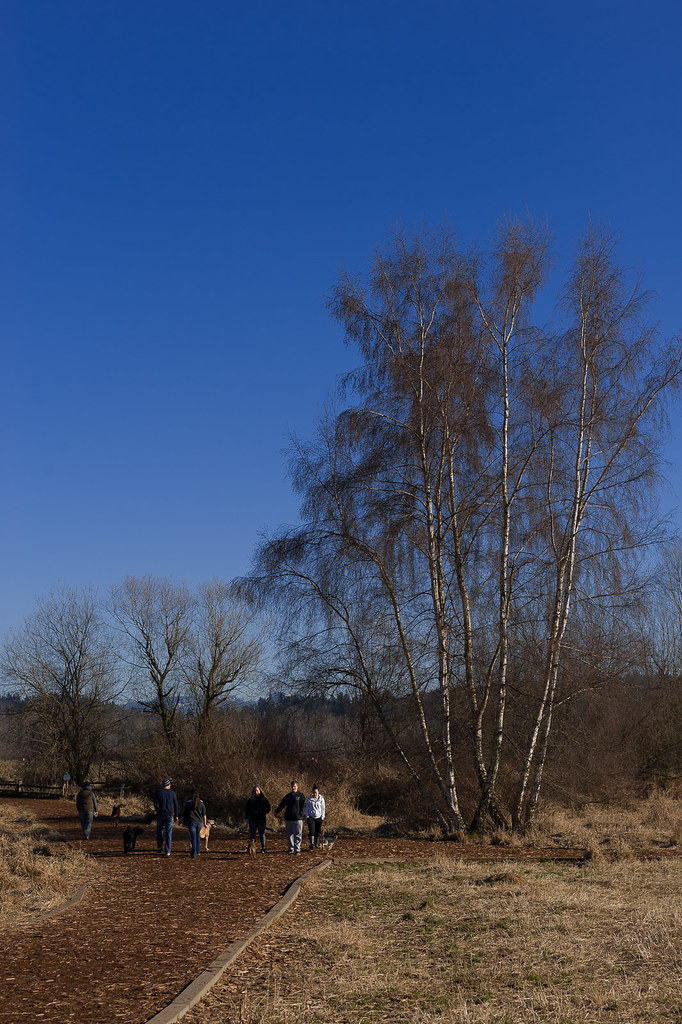
We also do not want to forget that if the subject is close (i.e. 5 ft or closer), the fall off in the DOF is going to be more dramatic than the 50mm/1.4G. This is yet another property which people do not keep in mind when they compare the two lenses. In other words, if you shoot really close, the ultra thin DOF is going to make the 58mm/1.4G look less sharp because there are going to be larger defocused areas than an image shot with a wider lens such as a 50mm lens even though the f-stop may be the same.
Conclusion
 You need to ask yourself what you want to use this lens for if you are planning to buy it. Like all lenses, you should take advantage of its strengths and fit it into a project or tasks which it is good at and you will see it shine.
You need to ask yourself what you want to use this lens for if you are planning to buy it. Like all lenses, you should take advantage of its strengths and fit it into a project or tasks which it is good at and you will see it shine.What is this lens good for?
- It is a lens made for low light or poor lighting conditions. And, you need to edit and adjust the image to make it look like what you saw. All low light digital images require this kind of adjustments. Don't deny yourself this step. It is, after all, part of the artistic process.
- If a 3-D feel is what you want, this lens will yield images that are stronger in this area than many others. The images it creates will give you a balanced and smooth bokeh which transitions from near smoothness to a complete blur for far away defocused objects.
- Attention was given to correcting point light sources when shot wide opened. That's why two aspherical elements were added into the design of this lens. If you need a well behaved lens in this kind of environment, this lens is made for to excel in this kind of images.
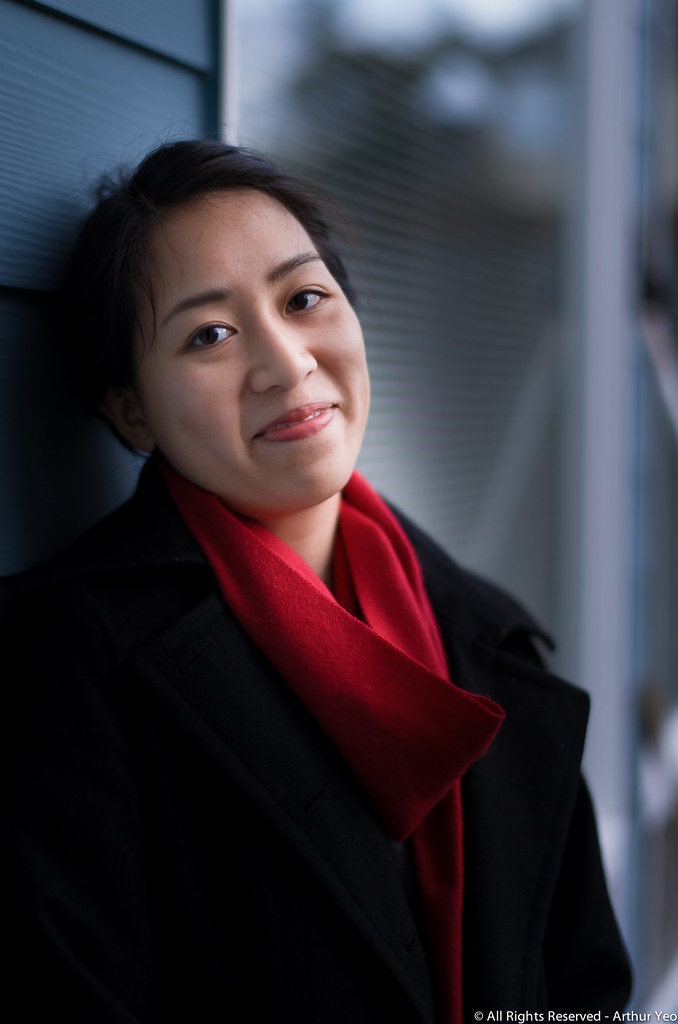
If you want to read the interview with the technical head in Nikon who designed this lens, please click here.
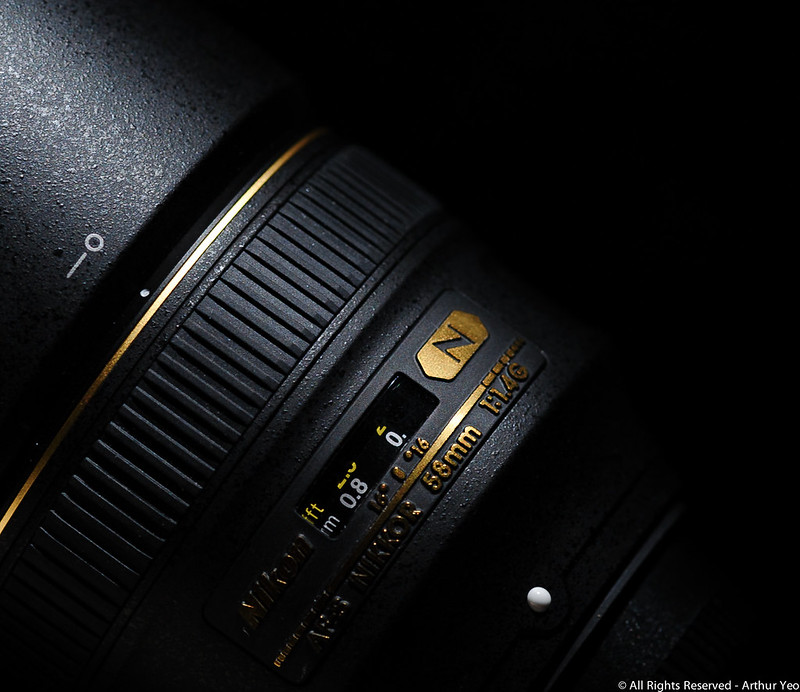
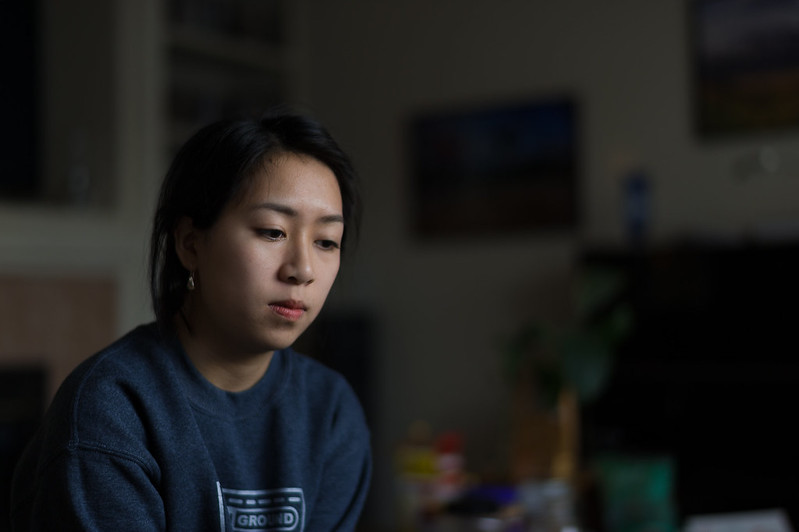



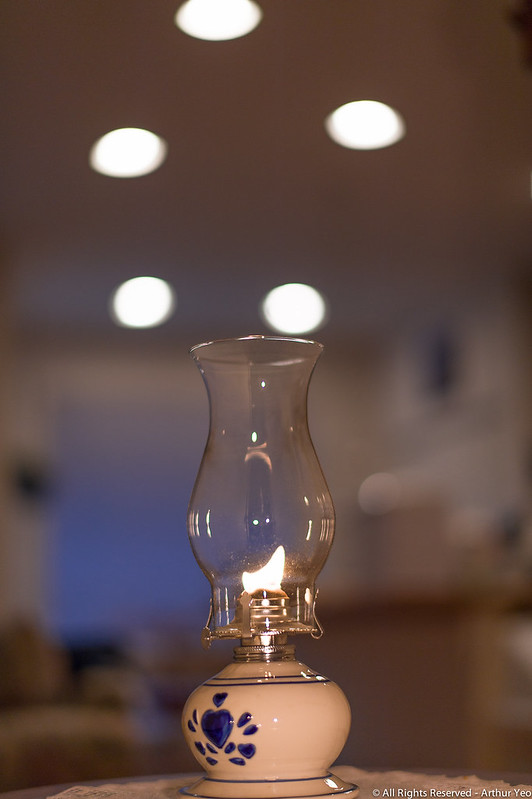
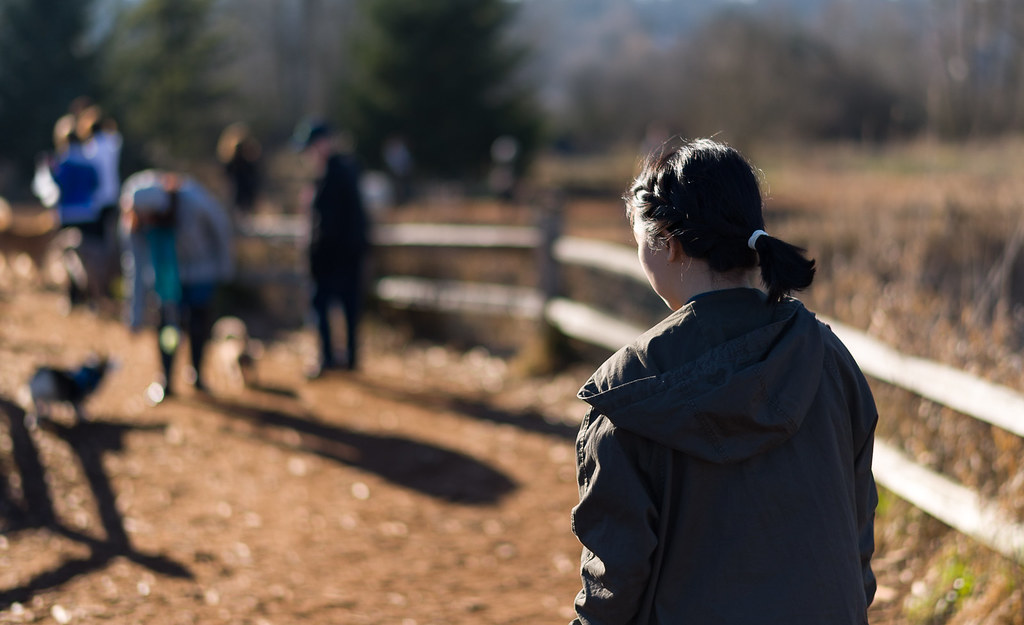


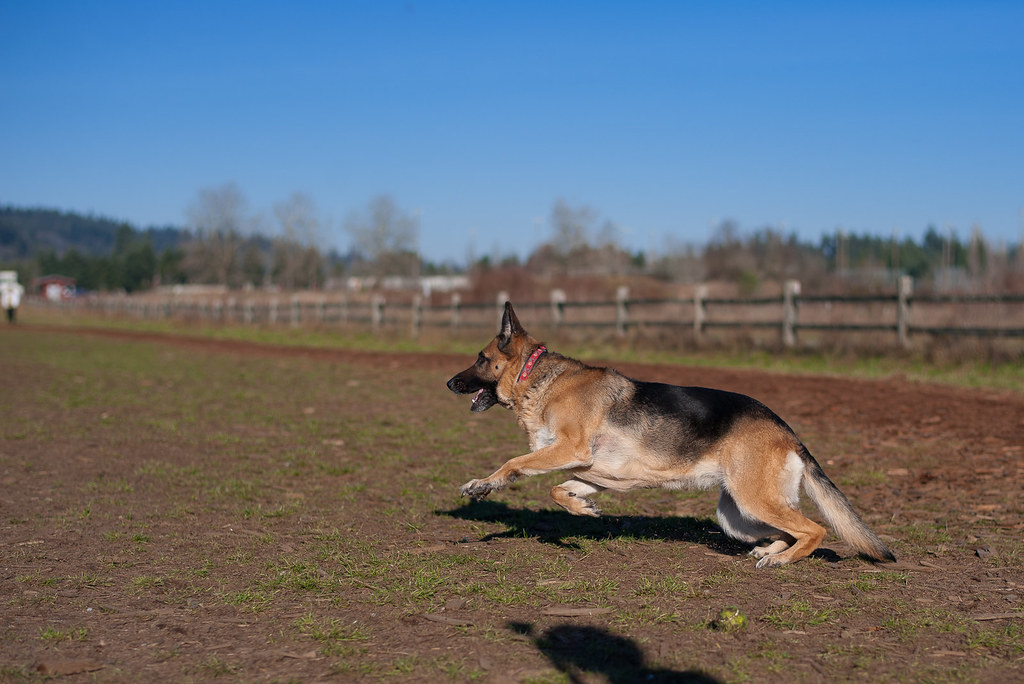
2 comments:
The best review I have read about this great lens so far... thank you!
Very nice review. Thank you.
Post a Comment